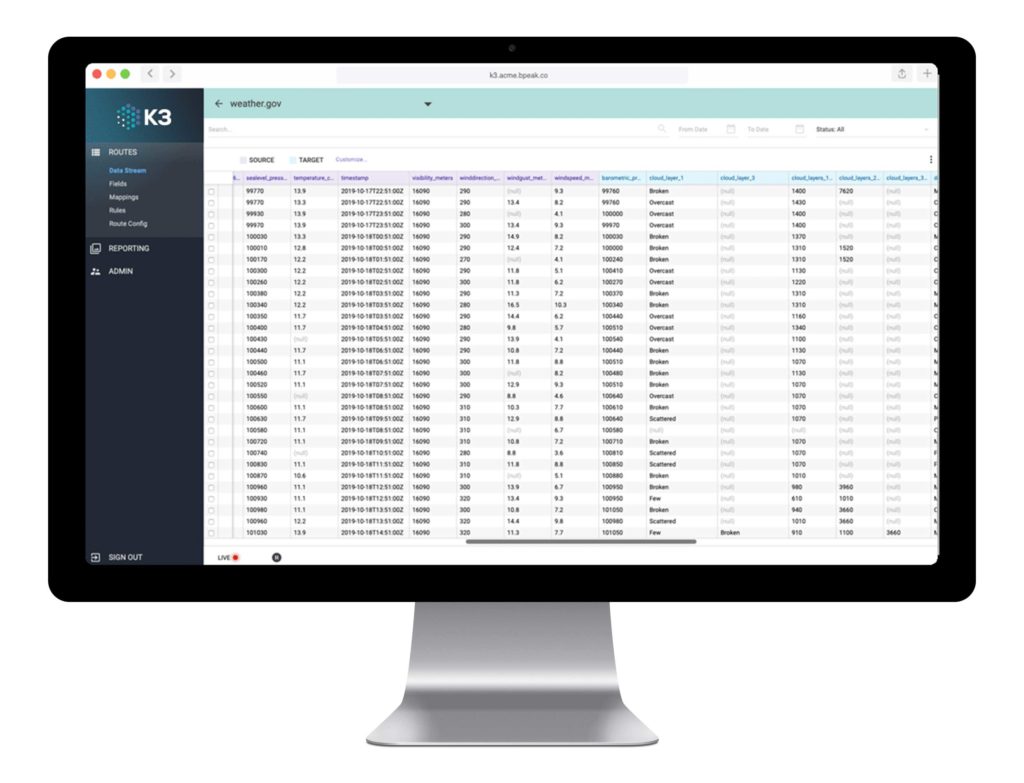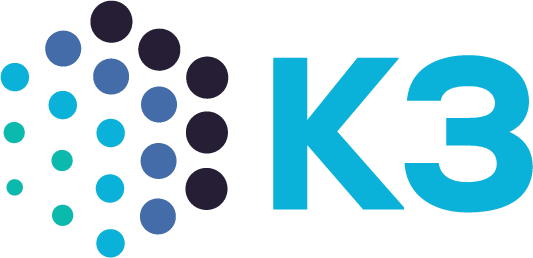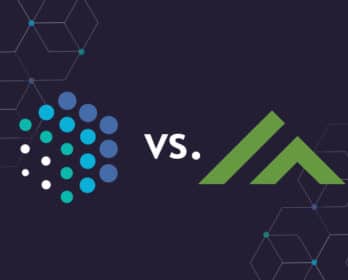In a previous blog post, we discussed how data blending works with low-code K3 tools. We’ve also covered the larger topic of data orchestration and its role in modern business enterprises.
Now let’s look at how both processes work together to create long-term, sustainable data hygiene for businesses.
Data Blending & Orchestration: A Primer
Let’s start by reviewing both terms individually.
- Data Blending— The process of using low-code tools to combine two or more data sets. Here is an example: unlike a SQL join, non-technical users can combine data sets for use with data blending in Tableau.
- Data Orchestration— The process of connecting data across large ecosystems and using automated tools to create custom workflows.
Utilizing both data blending and data orchestration in your organization can streamline vital processes for more effective analysis.
How Data Blending & Orchestration Connect
Data blending combines your data sets efficiently, but time-sensitivity affects the process. Let’s say you have two data sets that are generated daily and need to be combined at the same time every day (for example, 4pm). You can use a simple software utility like a cron job to schedule this event-based task. But what happens when one file is generated late on a given day? With the cron job having passed, an employee would have to manually combine the files. This causes a delay in the process and diverts resources from other areas of the company.
PRO TIP:
With K3 tools, routine tasks that are handled manually in your data pipeline can be automated, which enables your employees to focus on more engaging tasks.
Data orchestration boosts the effectiveness of data blending. Unlike a cron job, which is a simple binary process, data orchestrations can be built to check if both files are ready at a certain time—and, if not, to wait until the file arrives to begin the process after validating the date and time. In short, data orchestration enables data blending to function on-time and effectively with automated, intelligent tools.
Orchestration enables data blending to function on-time and efficiently with automated, intelligent tools.
Using K3 For Data Orchestration & Blending
Data orchestration brings logic into your vital processes, decreasing the need for manual intervention and enabling better insights through more effective analysis. Thanks to low-code K3 data integration tools, it’s easier than ever to get started with both data orchestration and data blending to improve your business intelligence.
Get started by scheduling a demo below to see how K3 works with over 100 adaptors to build data orchestration, no matter where your data is stored.








